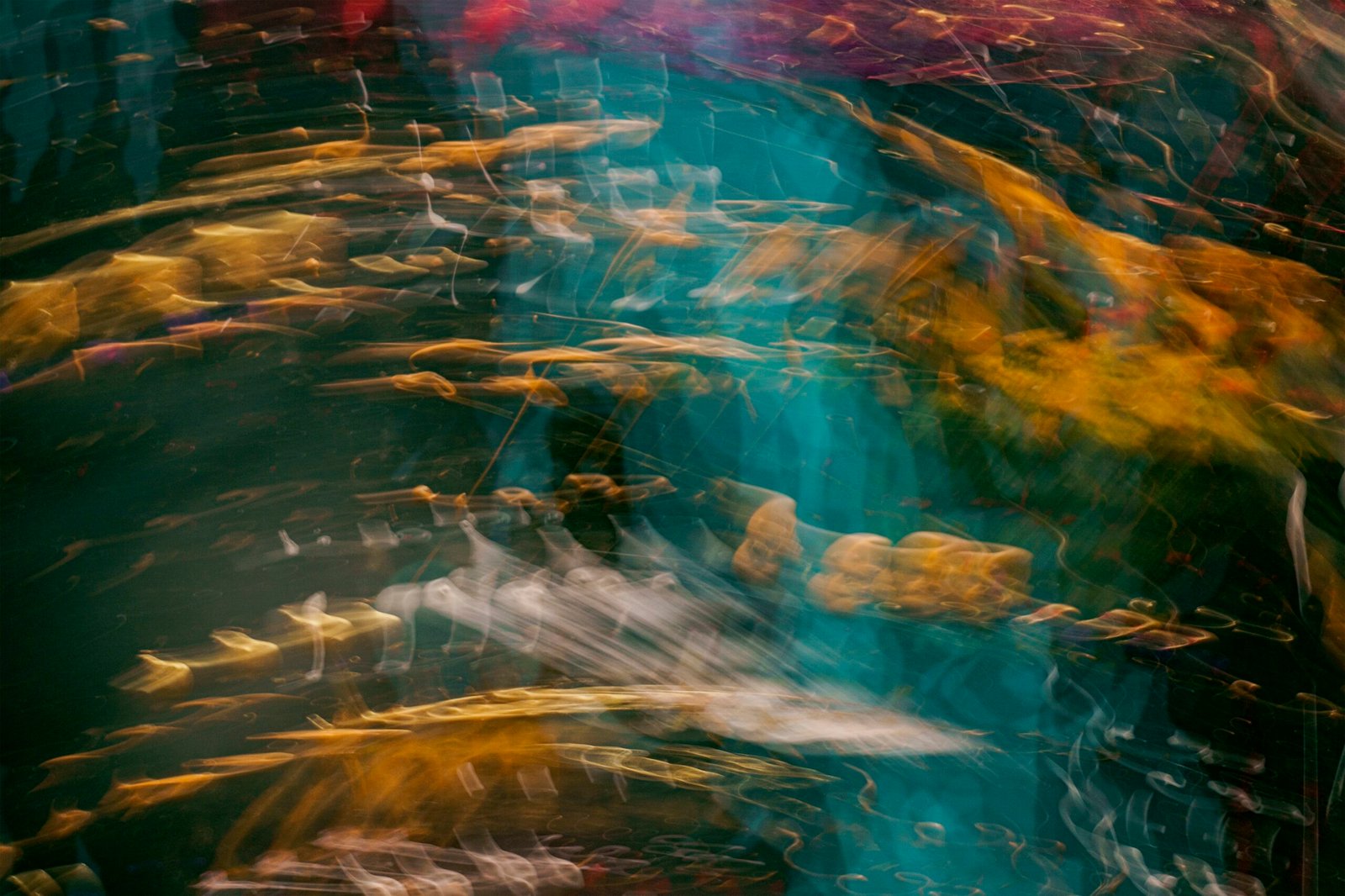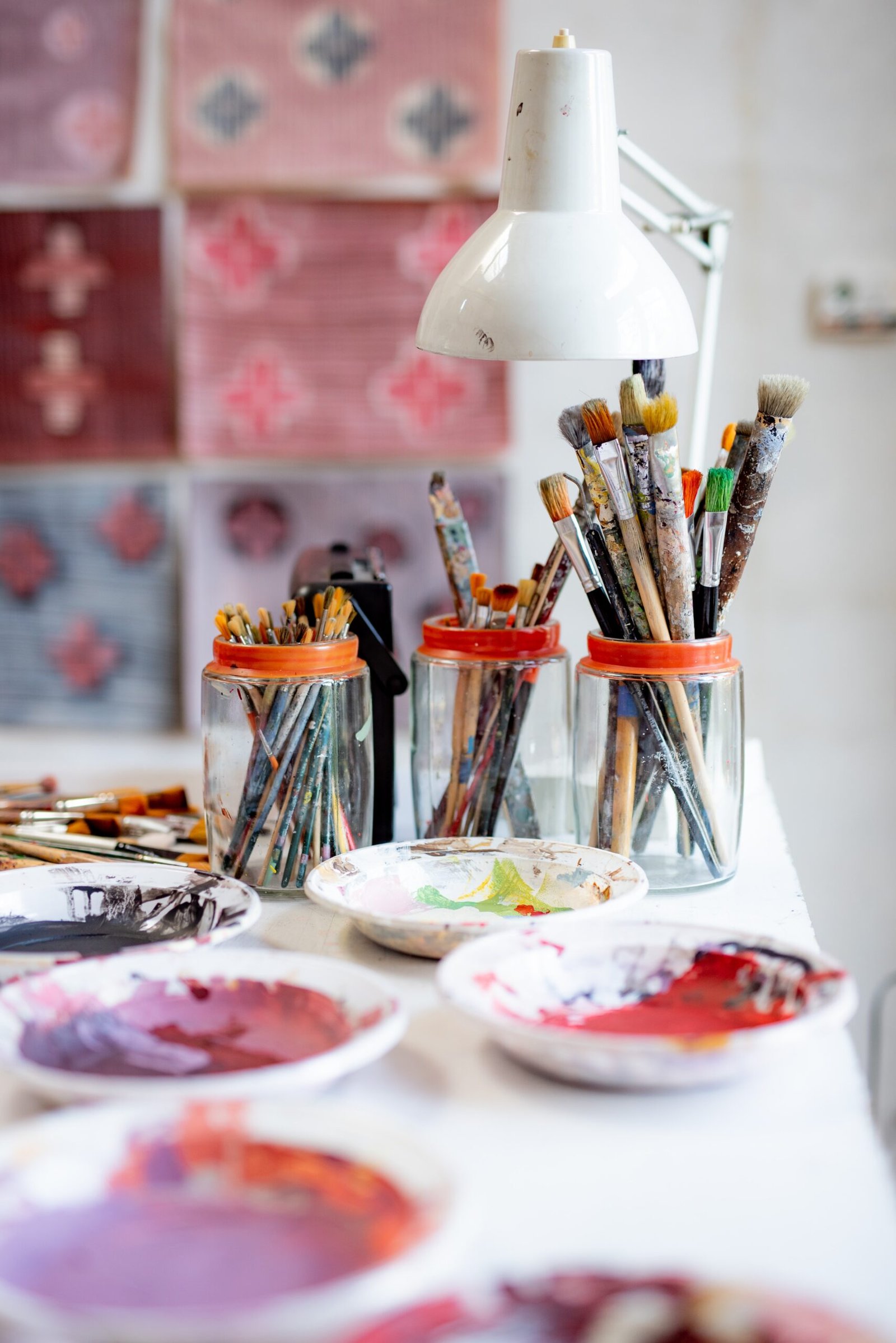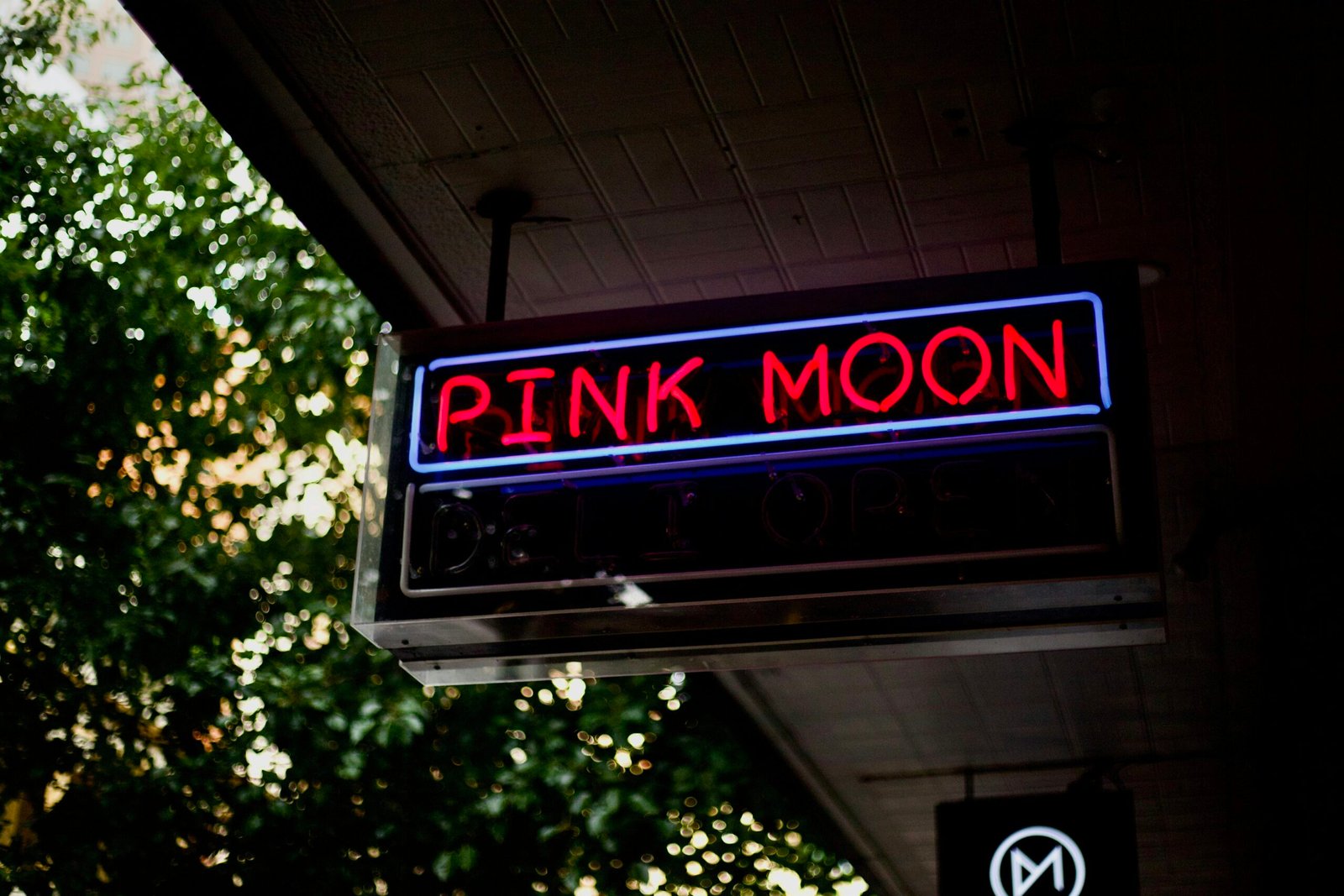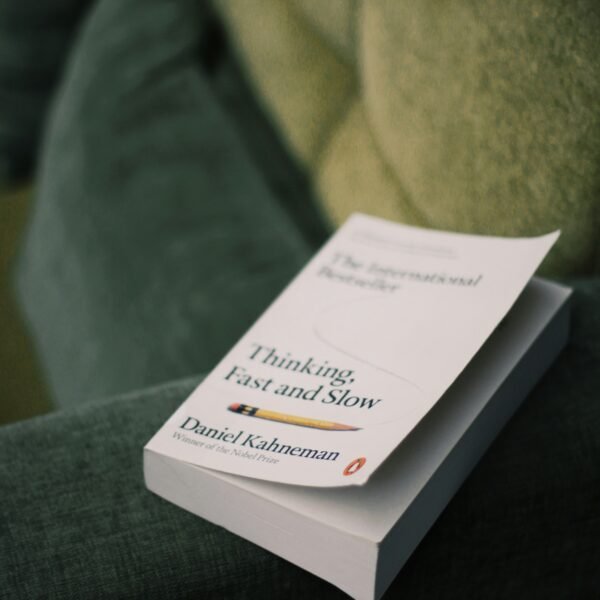Prepare to be captivated by the thought-provoking artwork of Indian artist, Shilpa Gupta. With her explorations into the boundaries of free speech and censorship, Gupta sheds light on the pressing issues of political persecution, religious nationalism, and the costs of military occupation. In her renowned piece, “For, In Your Tongue, I Cannot Fit,” she elegantly suspends microphones from the ceiling, allowing the voices of imprisoned poets to hang in the air. As Gupta brings her exhibitions to New York, she invites us to witness installations featuring books inscribed with titles of persecuted poets, alongside a tantalizing sound installation of protest songs. Through her work, Gupta emphasizes both the global context of censorship and the significance of upholding freedom of expression. It is in these projects that she tackles bureaucratic obstacles, collaborates on cross-border artistic endeavors, and employs symbols such as borders and flags to convey her social and political commentary. Prepare to be moved by Gupta’s art as she masterfully intertwines beauty, aesthetics, and powerful narratives.
Introduction
Shilpa Gupta, an Indian artist, has captured the attention of art enthusiasts worldwide with her thought-provoking and powerful exploration of the limits of free speech and censorship. Through her artwork, Gupta tackles important themes such as political persecution, borders, religious nationalism, and the costs of military occupation. Her unique perspective sheds light on the global context of censorship and emphasizes the significance of preserving freedom of expression.
Themes in Gupta’s Artwork
Gupta’s artwork encompasses a wide range of themes, each contributing to her powerful and thought-provoking messages. One recurring theme in her work is political persecution. Gupta explores the ways in which individuals often face persecution for expressing their beliefs or challenging the status quo. Her artwork serves as a voice for those who have been silenced and raises awareness about the importance of free speech.
Borders and the concept of nation are also prominent themes in Gupta’s work. Through her art, she examines the impact of physical and metaphorical borders on identity and belonging. Gupta prompts viewers to question the arbitrary nature of borders and the consequences they have on people’s lives. By challenging the limitations imposed by borders, Gupta encourages a more inclusive and compassionate society.
Religious nationalism is another theme deeply explored in Gupta’s artwork. She delves into the complexities of religious identity and its relationship with nationalism. By addressing this topic, Gupta encourages a dialogue about the dangers of religious intolerance and the need for acceptance and understanding.
Furthermore, Gupta explores the costs of military occupation in her artwork. She draws attention to the human toll and the long-lasting effects of military interventions. Through her thought-provoking and often haunting installations, Gupta highlights the importance of questioning the justifications for military actions and advocating for peace.

Notable Artwork: ‘For, In Your Tongue, I Cannot Fit’
One of Shilpa Gupta’s most renowned artworks is “For, In Your Tongue, I Cannot Fit.” This installation features a collection of microphones dangling from the ceiling, each broadcasting the words of imprisoned poets. The powerful symbolism represented in this artwork makes a lasting impression on viewers.
The microphones in Gupta’s installation serve as a symbol of free speech and the right to express one’s thoughts and ideas. By amplifying the voices of imprisoned poets, Gupta draws attention to the importance of allowing all voices to be heard, regardless of their circumstances. The microphones become a vehicle for sharing stories and experiences that have been silenced or suppressed.
The choice to include the words of imprisoned poets further emphasizes the significance of Gupta’s installation. These poets, often imprisoned for political reasons, have been denied their basic right to freedom of expression. By showcasing their words, Gupta raises awareness about the ongoing issue of political persecution and the need to protect and preserve free speech.
The impact of “For, In Your Tongue, I Cannot Fit” extends far beyond the physical installation. The thought-provoking nature of Gupta’s work encourages viewers to reflect on the power of words and the importance of allowing diverse voices to be heard. By creating an immersive experience that engages both the mind and emotions, Gupta’s artwork stimulates meaningful dialogue and fosters a deeper understanding of the value of free speech.
Upcoming Exhibitions in New York
Shilpa Gupta’s upcoming exhibitions in New York promise to further captivate audiences with their powerful messages and innovative artistic approaches. One exhibition features installations with books inscribed with titles of persecuted poets. Gupta’s intention is to bring attention to the silenced voices and shed light on the struggles faced by these individuals. The visual impact of the books, lined up in a thought-provoking display, serves as a powerful reminder of the countless individuals who have been persecuted for their beliefs.
Another exhibition will showcase a sound installation featuring protest songs. Gupta aims to create an immersive experience that highlights the power of music as a form of protest and expression. By incorporating different genres and cultures, Gupta’s sound installation encourages viewers to reflect on the universality of the human experience and the importance of speaking out against injustice.
These upcoming exhibitions provide an overview of Gupta’s artistic exploration and offer viewers a unique opportunity to engage with her work. Through her installations and thought-provoking concepts, Gupta forces us to confront uncomfortable truths and encourages us to take action against censorship and repression.

Global Context of Censorship
Gupta’s artwork not only addresses the issues of free speech and censorship within her native India but also extends its reach to the global context. Censorship is a global issue that affects individuals and communities worldwide. Gupta’s work draws attention to the universal nature of this issue and encourages us to reflect on the importance of preserving freedom of expression wherever it is threatened.
By highlighting censorship as a global issue, Gupta raises awareness about the various forms it can take in different societies. Whether it is government-imposed restrictions, self-censorship due to fear of reprisal, or cultural and societal norms that limit free expression, Gupta’s artwork reminds us of the ongoing battle for free speech in all its manifestations.
Preserving freedom of expression is crucial for the development of a vibrant and democratic society. Gupta’s work serves as a rallying cry to protect this fundamental right and encourages individuals around the world to stand up against censorship in all its forms.
Innovative Approaches and Bureaucratic Obstacles
Gupta’s artistic projects often involve innovative solutions to navigate bureaucratic obstacles and push the boundaries of artistic expression. Whether it’s working around restrictions imposed by authorities or finding unique ways to engage with communities, Gupta’s artistic practice showcases her ability to overcome challenges and limitations.
One example of Gupta’s innovative approach is seen in her use of technology to enhance her installations. By incorporating elements such as sound, video, and interactive displays, Gupta creates immersive experiences that captivate and engage viewers. These innovative techniques allow her to effectively communicate her message and bypass bureaucratic restrictions that may limit traditional forms of expression.
However, navigating bureaucratic obstacles is not without its challenges. Gupta often faces restrictions on exhibiting her work, whether it be due to content deemed controversial or political sensitivities. These obstacles can limit the reach of her artwork and pose challenges in finding suitable venues for exhibitions. Despite these challenges, Gupta continues to find solutions and push the boundaries of creative expression.
Overcoming restrictions and limitations is crucial for Gupta’s work to have the intended impact. By embracing innovative approaches and finding ways to circumvent bureaucratic obstacles, Gupta not only showcases her artistic talent but also raises awareness about the limitations placed on free expression in many societies.

Cross-Border Collaborations
Shilpa Gupta has actively sought cross-border collaborations in her artistic projects, challenging travel restrictions and political tensions. By collaborating with artists from different countries and backgrounds, Gupta nurtures a sense of collective creativity and fosters a deeper understanding of global issues.
Cross-border collaborations offer a unique opportunity for artists to exchange ideas, experiences, and perspectives. Gupta’s involvement in these collaborations allows her to challenge political tensions and bridge gaps between communities. By working together, artists are able to create powerful art that transcends borders and encourages dialogue and understanding.
However, embarking on cross-border collaborations is not without its challenges. Travel restrictions and political tensions can hinder the ease of collaboration and limit the scope of artistic projects. Nonetheless, Gupta’s commitment to cross-border collaborations demonstrates her dedication to creating art that transcends boundaries and challenges societal norms.
The benefits and impact of cross-border collaborations are far-reaching. By bringing together artists from different cultures and backgrounds, Gupta’s work encourages viewers to embrace diversity, challenge preconceived notions, and foster a greater sense of global citizenship.
Recurring Theme: National Symbols
A recurring theme in Shilpa Gupta’s artwork is the exploration of national symbols, particularly borders and flags. Gupta challenges the conventions and perceptions of such symbols, prompting viewers to question their meaning and significance.
Borders, both physical and metaphorical, serve as a powerful symbol in Gupta’s work. She questions the arbitrary nature of borders and challenges the notion of division and separation. Through her artwork, Gupta prompts us to reflect on the impact of borders on identity and belonging, emphasizing the universality of the human experience.
Gupta’s exploration of flags further highlights her ability to challenge preconceived notions. Flags are often seen as symbols of national pride, unity, and identity. However, Gupta’s work examines the complexities and contradictions associated with such symbols. By deconstructing and reinterpreting the meaning of flags, she critiques nationalistic tendencies and encourages a more nuanced understanding of identity and belonging.
The use of national symbols in Gupta’s artwork serves as a catalyst for dialogue and reflection on the constructs of nationhood and the arbitrary nature of borders. By challenging traditional interpretations, Gupta pushes viewers to question their own assumptions and biases, fostering a more inclusive and empathetic society.
Balancing Beauty and Social Commentary
One of the remarkable aspects of Shilpa Gupta’s artwork is her ability to seamlessly integrate aesthetics and beauty with social and political commentary. Gupta’s work challenges the notion that art must be purely aesthetic or solely political, demonstrating that the two can coexist harmoniously.
Gupta’s artistic practice incorporates various mediums, including sculpture, installation, photography, and sound. Her attention to detail and careful selection of materials contribute to the visual appeal of her artwork. By immersing viewers in visually captivating experiences, Gupta captures their attention and draws them into a deeper exploration of the underlying messages and themes.
Examining the relationship between beauty and political message is a central aspect of Gupta’s work. She challenges the notion that beauty is merely superficial or inconsequential, demonstrating its potential to serve as a vehicle for social and political commentary. By combining aesthetically pleasing visuals with powerful messages, Gupta compels viewers to confront uncomfortable truths while captivating them with the allure of her artwork.
Critical reception and interpretation of Shilpa Gupta’s work highlight the successful balance she achieves between beauty and social commentary. Her artwork is celebrated for its thought-provoking nature and ability to engage viewers on both an emotional and intellectual level. Gupta’s ability to strike this balance underscores her unique artistic vision and her ability to communicate complex ideas effectively through art.
In conclusion, Shilpa Gupta’s artistic exploration of free speech and censorship serves as a powerful reminder of the importance of preserving freedom of expression. Through her thought-provoking installations and innovative approaches, Gupta tackles important themes such as political persecution, borders, religious nationalism, and the costs of military occupation. Her artwork transcends boundaries, challenging societal norms and prompting viewers to reflect on their own beliefs and biases. Gupta’s upcoming exhibitions in New York promise to captivate audiences and further ignite conversations about the global context of censorship. With her unique ability to balance beauty and social commentary, Gupta continues to make a lasting impact through her art.








